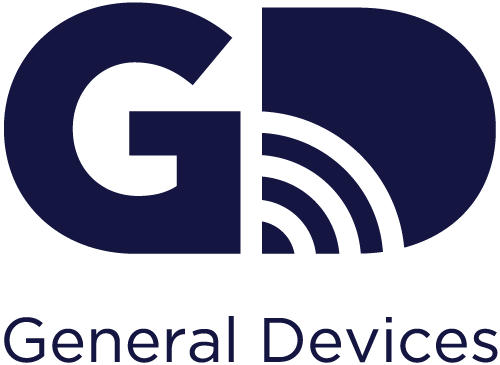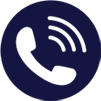Oakland County Medical Control Authority Joins EMS on AIR to Discuss Life-Saving Work with GD
The advent of new mobile telehealth technology is changing the face of the industry—particularly with the growing ability for EMS agencies and hospitals to exchange more than simple audio transmissions. Today, EMS teams and hospitals can share pictures, videos, live streams and more, offering a much clearer picture of a patient’s status prior to arrival.
No one knows this better than Bonnie Kincaid, Oakland County (WI) Medical Control Authority (OCMCA) Executive Director, who sat down with Geoff Lassers, host of EMS on AIR, to discuss their life-saving work with GD. When OCMCA identified the need for more efficient communication between EMS and their various emergency departments, they adopted GD’s e-Bridge Mobile Telemedicine App. They started out small, says Bonnie, using e-Bridge with only a few agencies for telemedicine during COVID 1.0. Based on its initial success, the 25-year veteran recognized a broader use of the EMS‐based mobile telehealth application: replacing their antiquated 800-megahertz radio communication system altogether.
“Right now, we have probably 14 or 15 agencies using it, and just about all of our hospitals using it to some degree,” says Bonnie. With the ability to do both video and audio calls, submit priority 3s with the click of a mouse, track ETAs and much more, e-Bridge helps OCMCA’s affiliated medical professionals save time and deliver better patient care. “It’s a win-win,” says Bonnie.
According to Randall Hawkins, GD National Sales Director, lifelong first responder and EMS communications expert, reliable, clear communication between EMS and the hospital is essential to delivering better patient care. With the ability to quickly and easily connect first responders and healthcare providers via a secure connection that protects HIPAA privacy, e-Bridge not only saves lives; it saves time. In fact, the platform has been shown to save nursing staff up to 200 hours spent on the radio.
It’s all about getting the information where it needs to go quickly, but keeping it simple, says Randall—a goal GD achieved with OCMCA. “It’s super easy,” says Bonnie. “It’s very, very user-friendly, very simple, she added.”
Moving forward, OCMCA plans to leverage additional capabilities of the mobile telehealth technology, including STEMI alerts, stroke alerts, trauma alerts and live video.
Ultimately, getting the right information to the right person at the right time, faster, means better patient care and more lives saved, says Randall.
Listen to the full podcast here.


